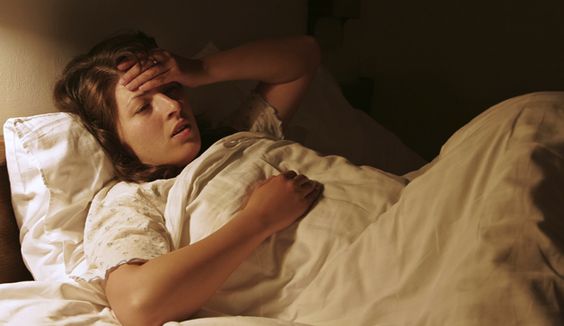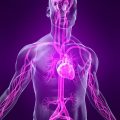Table of Contents
Postural Orthostatic Tachycardia Syndrome, better known as ‘POTS’ (and sometimes called as Postural Tachycardia Syndrome), is a medical condition where changing to upright from supine position causes abnormal increase of heart rate (tachycardia). Today, what really causes POTS is still a mystery for medical scientists, and experts say there are multiple underlying problems that may contribute to its symptoms. In this entry, we will talk about the different symptoms of this syndrome, from syndromes reported by patients, researchers, and general symptoms seemingly related to different medical conditions.
POTS symptoms are usually more complex than a simple abnormality in heart rate. As a matter of fact, it is common for patients with this condition to drop in blood pressure when standing. Also, many patients experience hypervolemia or low blood volume, while experiencing high levels of norepinephrine when standing, which reflects to the increase of activation of sympathetic nervous system. Also, experts say about 50% of patients of this syndrome have small fiber neuropathy which affects sudomotor nerves.
POTS has lots of symptoms you can distinguish, they’re widespread due to autonomic nervous system, which plays a huge part in regulating bodily functions. Also, symptoms may differ from one person to the next. Many of the symptoms show up after hours of standing, such as low blood pressure. Here are the different symptoms of pots.
Cerebral Hypoperfusion Related Symptoms
- Fainting (or the feeling of fainting)
- Lightheadedness
- Generalized weakness
Autonomic Over activity Related Symptoms
- Chest pain or discomfort
- Palpitations
- Shortness of breath
- Tremulousness
Sudomotor Symptoms
- Excessive sweating
- Loss of sweating
Dysautonomia-Related Symptoms
- Bladder dysfunction
- Bloating (especially after meals)
- Delayed gastric emptying
- Diarrhea
- Constipation
- Pupillary dysfunction (blurred vision and/or tunnel vision)
Symptoms of Generalized Complaint
- Fatigue
- Headache/migraine
- Neuropathic pain
- Sleep disorders
- Myofascial pain (regional muscle pain with trigger points)
Uncategorized POTS Symptoms Reported from Research
- Aching neck and shoulders
- Aching neck and shoulders
- Anxiety
- Chills, cold hands, feet and/or nose
- Clamminess
- Cognitive impairment such as brain fog, difficulty concentrating
- Disequilibrium
- Exercise intolerance
- Flushing
- Heat intolerance
- Hyperventilation
- Hypervolemia or low blood volume
- Light and/or noise sensitivity
- Numbness and/or tingling sensations
- Reduced pulse pressure when standing
- Tachycardia
POTS symptoms Reported by Patients
- Arrhythmias or irregular heartbeats
- Easily over-stimulated
- Feeling full quickly
- Food allergy and sensitivity
- Hyperreflexia
- Loss of appetite
- Muscle and/or joint aches
- Polydipsia or excessive thirst
- Restless leg syndrome
- Sensitivity to chemicals, sensitivity to medications, needing very small doses
- Sex drive loss
- Swollen lymph nodes or nodules
- Weight loss/gain
Symptoms of POTs may differ from one patient to another, and may also change from day to day. One thing is for sure though, POTS symptoms tend to increase, becoming more exaggerated when in upright posture, over time. Blood pressure regulation become much worse, as it becomes abnormal when sitting (or in supine position). Such abnormality however, may not be always apparent and may need orthostatic stress to show up. Also, some patients even report experiencing some of the symptoms when sitting or simply lying down. Eating, heat and exercise may also worsen the symptoms. Women on the other hand, experience worsening of symptoms during their menstruation.






 I love to write medical education books. My books are written for everyone in an easy to read and understandable style.
I love to write medical education books. My books are written for everyone in an easy to read and understandable style.